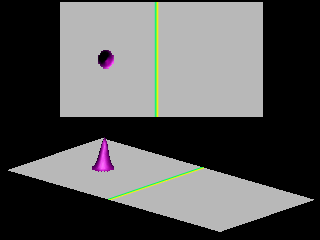Quantum Mechanics
Tunneling: Potential well
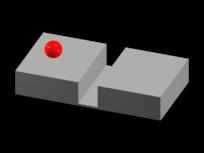 Consider a free particle with energy
Consider a free particle with energy
![]() approaching a potential well of depth
approaching a potential well of depth
![]() .
In the absence of friction a classical particle would enter the well on one side and leave the well on the other side.
In contrast, a quantum particle has a nonzero probability of being reflected by the well, as shown in the animations that follow.
.
In the absence of friction a classical particle would enter the well on one side and leave the well on the other side.
In contrast, a quantum particle has a nonzero probability of being reflected by the well, as shown in the animations that follow.

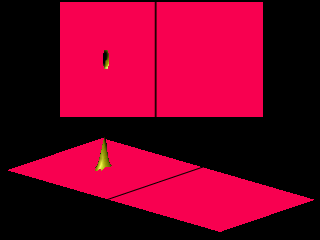

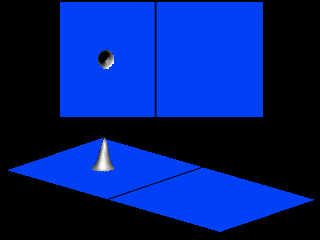

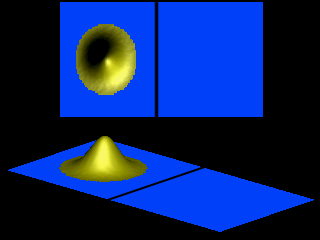
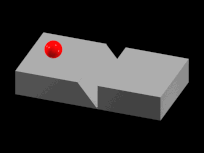 As in the case of the potential barrier,
changing the shape of the potential well does not affect the salient features of the scattering process.
The next animation shows a wave packet scattered by a potential well of triangular shape.
As in the case of the potential barrier,
changing the shape of the potential well does not affect the salient features of the scattering process.
The next animation shows a wave packet scattered by a potential well of triangular shape.
